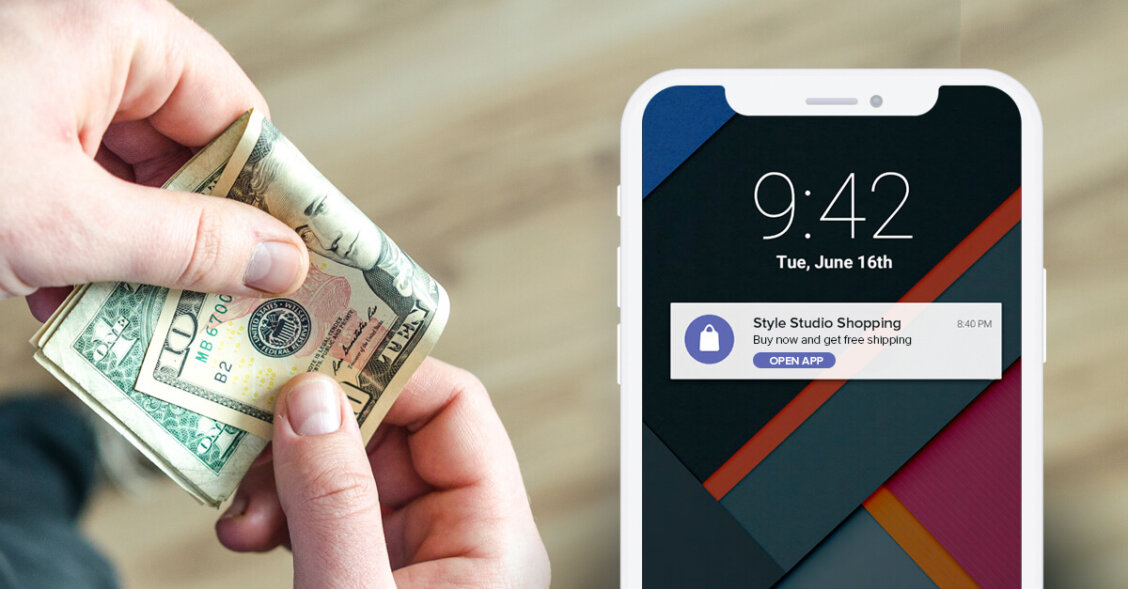
How Marketers Can Avoid Double Paying for Mobile App Retargeting
As marketers invest more in mobile app re-engagement campaigns, they often end up double paying for users and the actions that those users complete. We’re seeing this issue in the marketing strategies of many of our partners who begin retargeting new users the moment they first install an app. By retargeting new users so quickly after install, they pay twice: first, to find new users to install an app, and then for retargeting the same users and converting them in-app. While this could drive more users to make in-app conversions, you may end up targeting users that are already likely to convert. As a result, you’re double paying for a large group of users that would have converted anyway.
The solution
How can you protect yourself from double paying? Most user acquisition campaigns are focused on finding users with high lifetime value. If you don’t give enough time for those new users to mature before re-engaging them, you’ll end up double paying for those users. Digging into your data to understand when exactly is the right time to re-engage will provide value to you as an advertiser.
Re-engaging new users
When helping you get a campaign set up, we start with the delay between when a user installs your app and when they complete a specific event, such as making a purchase. This amount of time is called an attribution delay, and we encourage our customers to look at the attribution delay for a majority of users that will complete the desired event. Using the attribution delay as a blackout window, or the time between when a user installs your app and when you start re-engaging them, we can provide your user acquisition campaigns ample protection. The blackout window allows for your users to mature and protects you from double paying for users that would have converted anyway, while still driving performance for your re-engagement campaigns.
Re-engaging established users
But what about the other group of users, the group that has already made a purchase? How long should you wait before re-engaging those users? According to eMarketer, on average, a user will delete an app once they have been inactive for 5.8 days. In other words, if your user is inactive for more than 5.8 days, chances are good that they have already deleted your app. Once your app has been deleted, it becomes much more difficult to get them to re-engage, since the process now also includes re-installing the app, which can be time-consuming and tedious for your users. Obviously, you need to re-engage your users before they delete the app.
The specific window of time you wait before re-engaging depends on the app. Often, our customers target users if they haven’t made a purchase in a specific number of days. Whatever your re-engagement strategy is, really digging into the data around how your users act will help you re-engage them at the right time, without the worry of double paying.
Utilizing YOUR advertising data
Your advertising data is becoming ever more important for a proper campaign setup. At Liftoff we strive to help our customers with data around attribution delays and encourage them to implement blackout windows and inactivity windows to protect user acquisition campaigns and prevent them from double paying for users and events. We want to make sure that we talk with our customers about their concerns and take the time to get our customer’s campaigns set up specifically for how their users behave. If you’ve wanted to run mobile app re-engagement campaigns but don’t know where to start or are worried about double paying for users, get in touch. We are happy to walk you through the complexity of getting re-engagement campaigns set up for your app.
 Learn how Miss Attribution, leader of Retarget.co, maliciously steals UA campaign dollars by retargeting too early. The Mobile Heroes are called in to investigate in Issue #3 of the Mobile Hero comics, “Miss Attribution and the Blackout Window.”
Learn how Miss Attribution, leader of Retarget.co, maliciously steals UA campaign dollars by retargeting too early. The Mobile Heroes are called in to investigate in Issue #3 of the Mobile Hero comics, “Miss Attribution and the Blackout Window.”